
The other half of love was myself: The rebirth of the demonic self in "Hedwig and the Angry Inch"
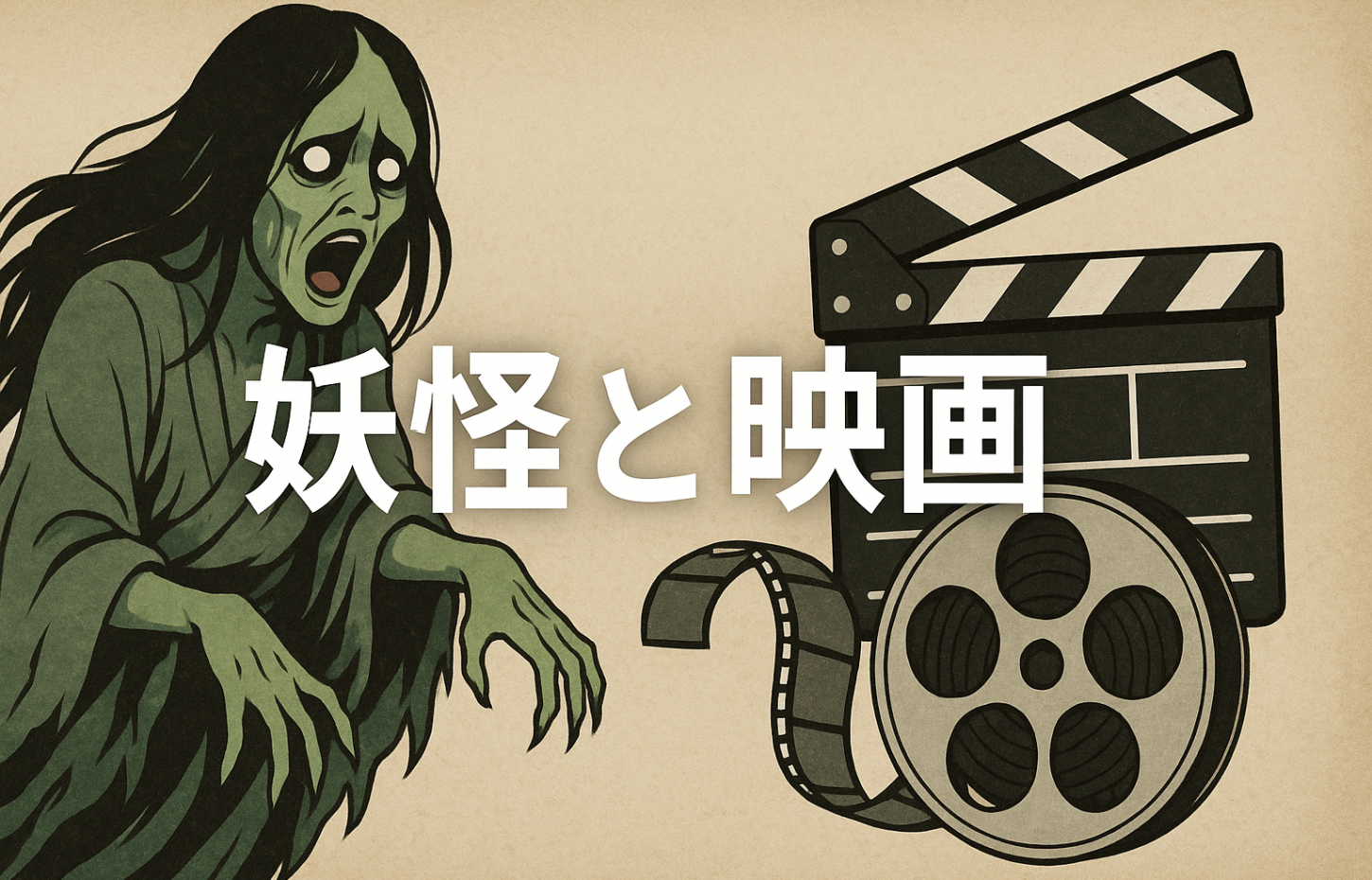
Introduction: A soul-stirring rock musical
When I first saw the movie "Hedwig and the Angry Inch," I felt like I had been punched in the soul. Although it is a rock musical, it tackles themes of sexuality, identity conflict, and above all, what is love? At the heart of the story is the instinctive desire to be loved and the pain of tearing oneself apart in an attempt to satisfy that desire.
Myth and Desire in "The Origin of Love"
The song "Origin of Love" in the film is a masterpiece that swirls philosophy, myth, and emotion. Based on Plato's Symposium, it tells the myth that "two people were originally one," and continues to ask why people seek someone. This mythical structure overlaps not only with love, but with all actions that seek to fill the "lack" within oneself. When Hedwig met Tommy, she thought she had "found" him, but it was only an illusion. The loss is accompanied by a pain that feels like one's very existence is denied.
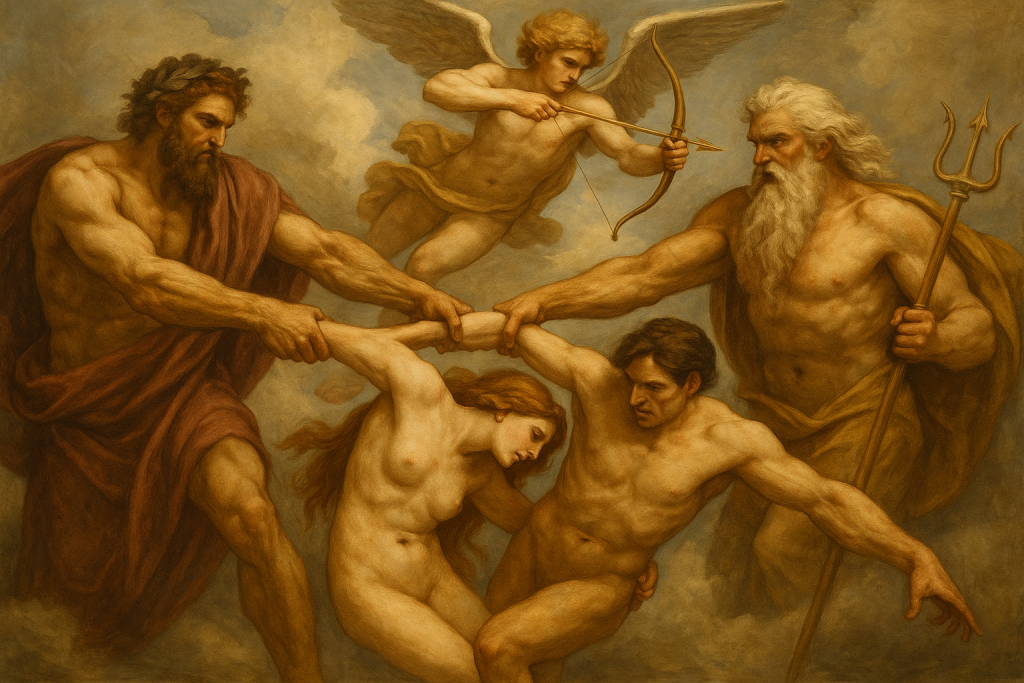
A mysterious journey of self-denial
As I watched it over and over again, I thought to myself. This journey to find "another self" is like a monster. Monsters are the embodiment of what humans don't want to see, what they have repressed, and what they fear. When "something abnormal" that deviates from social norms appears, it is often the other side of ourselves. In other words, the process in which Hedwig denied herself and became dependent on Tommy could be seen as an attempt to suppress her own "monster."
Not as a half of myself, but as a shadow
Perhaps the "other half" that Hedwig has been searching for is the self she has been denying herself - her past self that was unloved, rejected, and cast aside. Everyone has moments when they want to erase their past selves, their ugliness, and their weaknesses. But if you keep that "shadow" suppressed, it will inevitably erupt someday. And it often appears in an unexpected way, like a ghost.
Climax: Coexistence with the Yokai
At the end of the movie, Hedwig takes off her wig, sings and walks away as herself. Rather than expecting someone to fulfill her, she moves forward embracing her own pain, which seems to suggest a coexistence with her "monsterized (denied) self." At this point, she finally gives up on being "healed" by others and reaches a state of mind where she heals herself. This also means facing and accepting herself.
Love and healing from a yokai perspective
Love isn't about having someone "fill in" for you. Surely it begins with accepting your own imperfections and the other side of yourself. Yokai are the other side of humans. And Hedwig was also an inside-out version of herself. Perhaps that is why she lived her life denying the parts of herself she wanted to deny, and in the end was healed by the part of herself she had denied. This is a rejection of the myth of love that says "you become complete by becoming one with another," and a shift to love that "embraces yourself whole."
Conclusion: Everyone has a pet yokai
Everyone has a monster somewhere inside them (a part of themselves they want to deny). Thinking about this, I listen to "The Origin of Love" again today. It's a part of us that others don't understand, a wound that is hard to see from the outside world, but it's definitely a part of us (that inch of anger that was cut off to deny a man but remained). Hedwig's story may be a modern fable about coexistence with such a "monster."



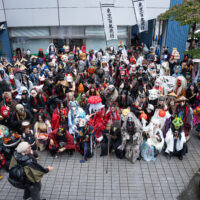
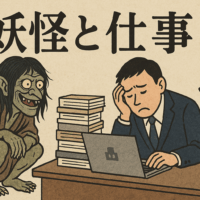
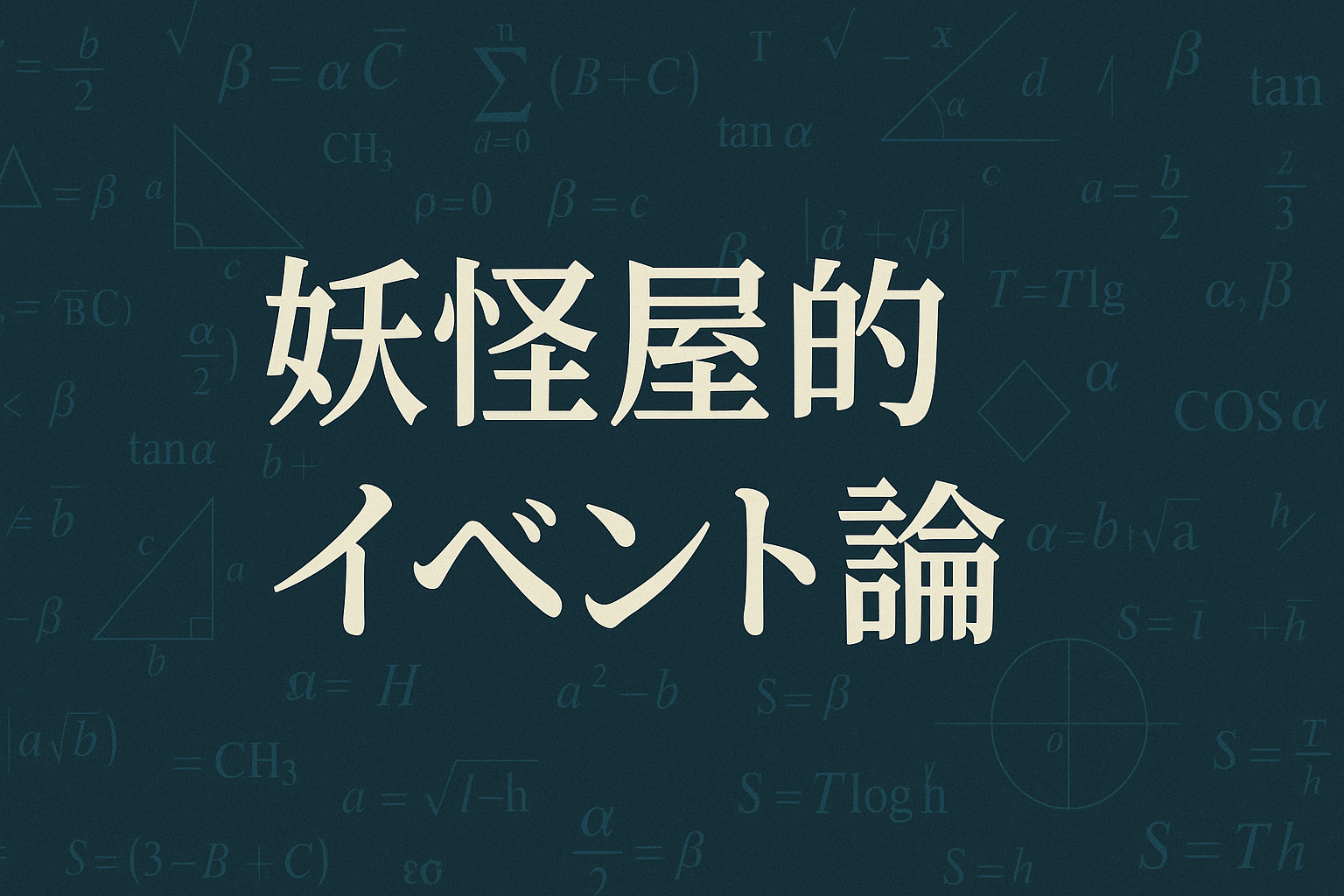



No comments yet.